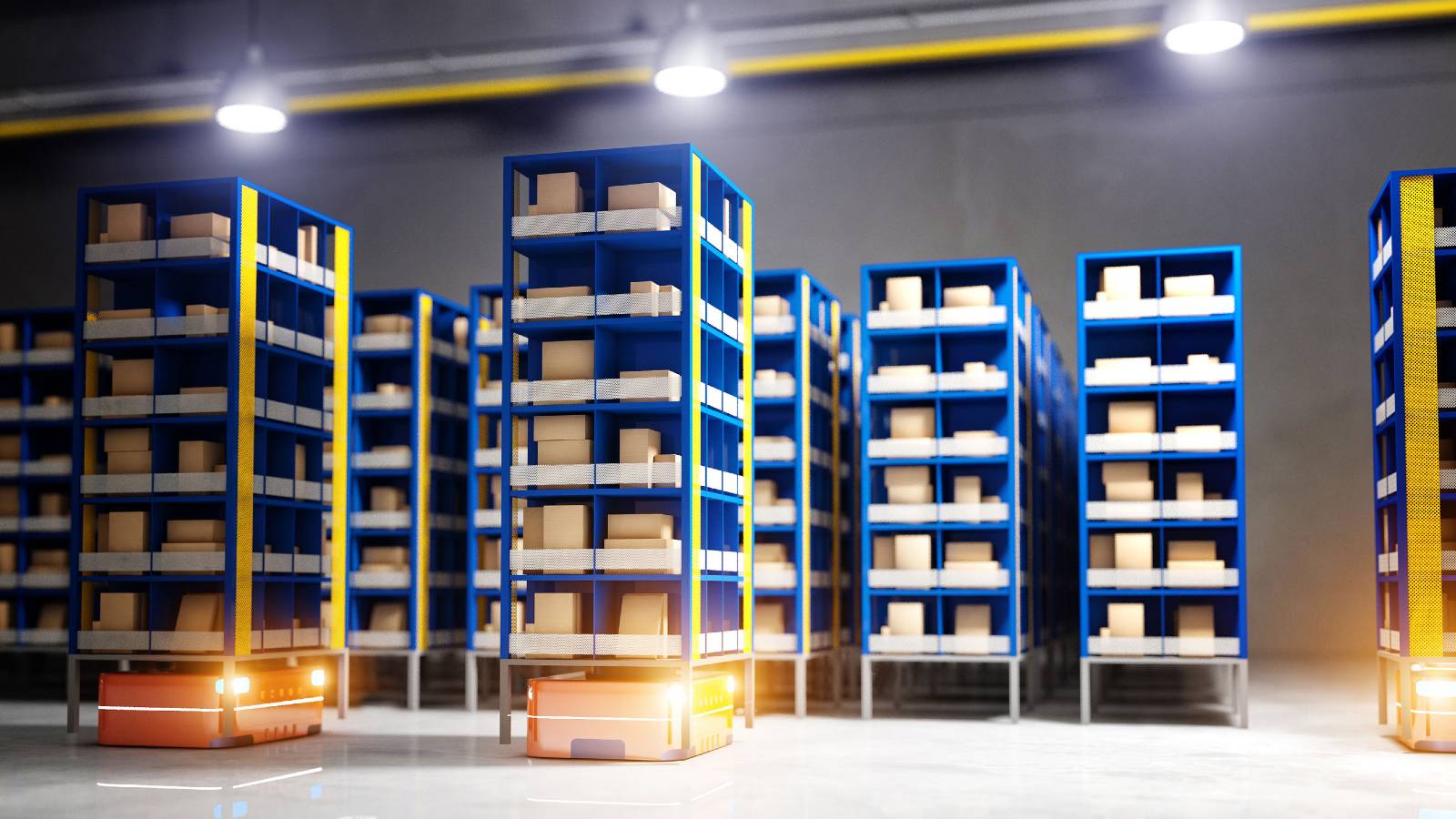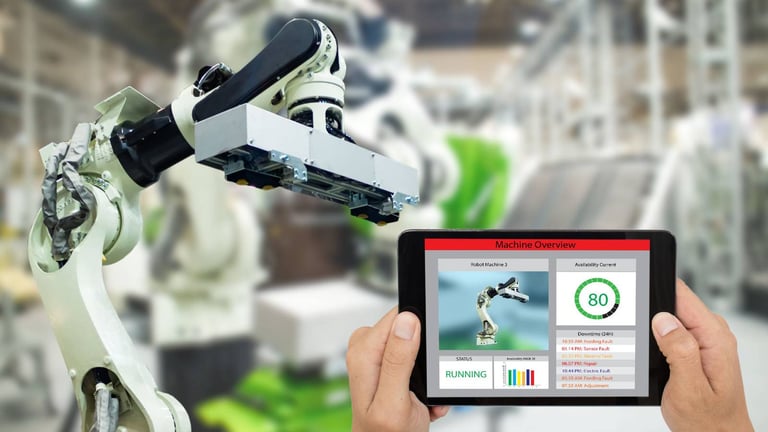Industry 4.0 has transformed traditional factories into smart factories by implementing the interoperability of highly digitised systems in the logical systems of industrial processes. This represents a major opportunity for the world of engineering and telecommunications, which is breaking new ground.
Factories will have to choose between upgrading or falling behind, just as happened with the market and big data. According to a study by Deloitte and MAPI, 86% of manufacturers believe that the ability of plants to adapt to new technologies will largely determine their competitiveness. The fourth industrial revolution is already here. Smart factories are the future and this is good news for all engineers.
What are smart factories?
Smart factories are telematically optimised factories. They consist of digital ecosystems with multiple interconnected devices that bring the Internet of Things to industrial plants. Thus, machine learning and big data techniques can be applied in an environment based on logical systems.
Control and automation through AI and data are therefore key as regards turning traditional factories into smart factories. The data collected and the analytical and predictive algorithms make it possible to:
- Maximise output
- Identify potential issues
- Eliminate bottlenecks
- Resolve issues and incidents more quickly
- Identify optimal production and assembly processes
- Optimise resource planning and maintenance
What technologies are characteristic of smart factories?
The main characteristics of smart factories are security, flexibillity, efficiency, data-driven decision making, automation and decentralisation (thanks to distributed systems, the cloud and machine learning). This is where several interrelated fields come into play, making Industry 4.0 a revolution:
- Edge computing. A decentralised data storage and processing system that improves the communications of a digital ecosystem. More security, more speed and more bandwidth mean visualisation of data in real time and easier implementation of machine-learning systems.
- Data Science. Data mining and analytics help to gain a better understanding of industrial systems and processes. Thanks to the advances in communications provided by technologies such as edge computing, data collection is greatly improved in industrial environments. Previously, these environments were based on sensors and actuators in logical systems and did not store data in an intelligent manner, which prevented the application of advanced AI techniques such as machine learning and deep learning.
- Virtual and augmented reality. Virtual and augmented reality technologies are highly useful when it comes to visualising data and possible future scenarios. They are more intuitive and informative than ordinary screens.

- Machine learning and deep learning. With machine learning, predictive algorithms and extracted data, smart factories can manage production with maximum efficiency. They are aware of demand, anticipate failures and optimise processes. They do not find the shortest route, but rather the most efficient one.
- AMR. Using machine learning, Autonomous Mobile Robots increase the productivity of smart factories by following optimal routes for moving goods. They identify and avoid obstacles, sort packages and constantly adjust their pathways.
- Cobots. Collaborative robots handle the most repetitive and dangerous tasks in factories. Unlike traditional industrial robots, they can be easily reprogrammed, interact with humans, perform multiple tasks and be upgraded using machine learning techniques.
- 3D printing. 3D printing facilitates the manufacturing of highly specific designs for parts and spares, for discontinued products or damaged machines, for example.
What kind of employees are required by smart factories?
With the advent of smart factories, manufacturing plants are no longer simply a branch of industrial engineering. As you may have gathered from the previous section, AI engineers are one of the most in-demand skill profiles: from predictive algorithms for production and resources to the programming of smart robots based on deep learning techniques.
Following on the heels of artificial intelligence engineering, data science graduates (mining, statistics and analytics) are another of the most sought-after candidates, complementing the former in the implementation of machine learning.
The world of networks and telecommunications is also in luck. The entire framework needed in order to implement the Internet of Things in factories requires R&D&I work and research. Together with cloud architecture, it is one of the most important areas as regards smart factories. Recent years have seen the continual development of new technologies and standards for storage and communications, such as HTTP/3 and Serverless.

There is no doubt that smart factories and the fourth industrial revolution represent a great opportunity for engineers. Teleworking, the continuous growth of technology and the digital adaptation of more and more fields and markets mean that more and more opportunities are on the way. Take your career in a new direction and don't miss out! Take the plunge with BETWEEN!


